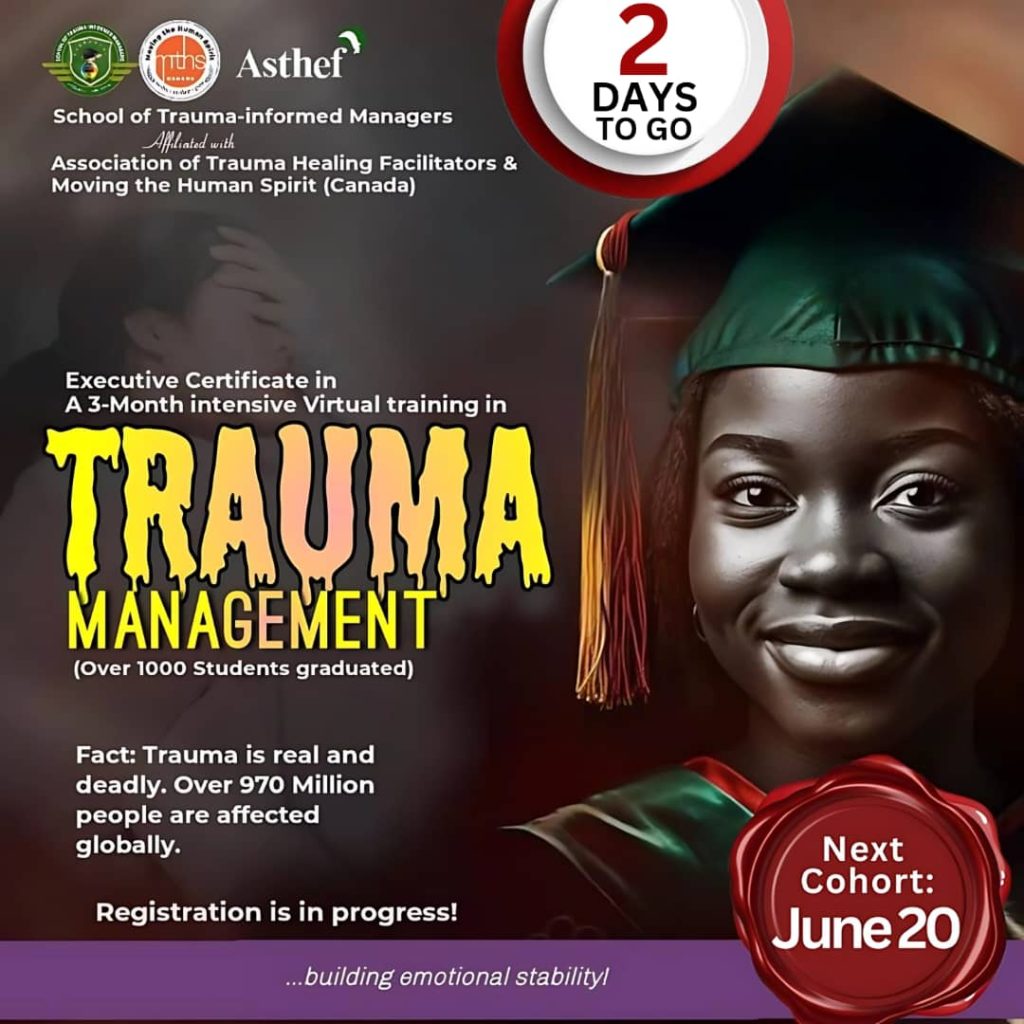The Weight She Carried — And the Hope That Lifted It
Tola was known as “the strong one.”
At church, she was always serving. At work, always reliable. In her family the one everyone leaned on.
But no one saw the battle she fought each night, when the memories came back, when the voice of her abuser echoed in the quiet, when she questioned if she’d ever feel whole again.
Trauma had built invisible walls around her heart.
She wasn’t mean or cold. She was guarded. Because trust, once shattered, doesn’t rebuild itself.
One afternoon, during a women’s support circle, someone said, “Healing doesn’t mean forgetting. It means learning to live without bleeding.”
Tola froze. Something in that sentence unlocked a flood within her.
That day, she cried for the first time in years. And no one told her to stop. No one rushed her pain.
And somehow, that was where healing began.
Not in answers.
But in the freedom to feel.
💡 How Can You Support a “Strong” Survivor Like Tola?
-
See Beneath the Surface
Don’t assume someone is okay just because they smile. Ask twice. Listen longer. Lean in with care. -
Normalize Vulnerability
Let them know it’s okay to not have it all together. Your gentleness gives them permission to soften. -
Don’t Force the Story
Some survivors need time to speak. Others may never share the full picture. That’s okay. Respect their pace. -
Offer Hope, Not Pressure
Instead of “You’ll be fine,” say “I’m here with you through it.” Let your presence speak louder than advice. -
Encourage Professional Help
Recommend safe trauma healing spaces like ASTHEF. Remind them healing is possible—and they don’t have to do it alone.
Final Thought:
Behind every quiet survivor is a mountain of courage.
Be the hand that holds, not the hammer that rushes.



